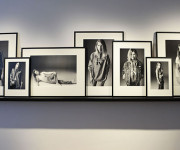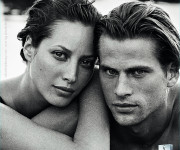
Paul McCartney. Self-portraits in a mirror. Paris, January 1964 © 1964 Paul McCartney under exclusive license to MPL Archive LLP
This fall, the Frist Art Museum will present Paul McCartney Photographs 1963–64: Eyes of the Storm, a remarkable exhibition offering an unprecedented glimpse into the early days of Beatlemania through the lens of Paul McCartney himself. Organised by the National Portrait Gallery, London, the show runs in the Frist’s Upper-Level Galleries from November 6, 2025 (opening at noon) through January 26, 2026.
During the run, the museum will also open its doors on Wednesdays from 10 a.m. to 5:30 p.m., in addition to its regular hours. Advance, timed-entry tickets will be required—available to Frist members starting October 7 at 10 a.m., and to the general public beginning October 8 at 10 a.m.
Featuring nearly 300 photographs taken by McCartney between December 1963 and February 1964, alongside a selection of related ephemera, Eyes of the Storm captures the moment The Beatles—Paul McCartney, John Lennon, George Harrison, and Ringo Starr—catapulted from the UK’s most popular band to a global cultural phenomenon.
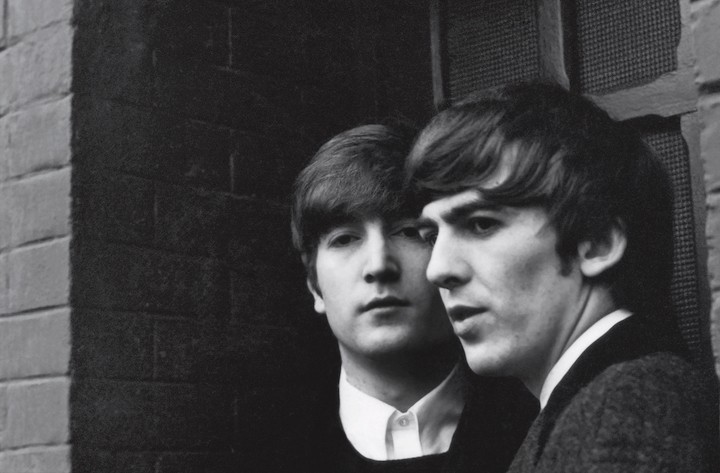
Paul McCartney. John and George. Paris, January 1964 © 1964 Paul McCartney under exclusive license to MPL Archive LLP
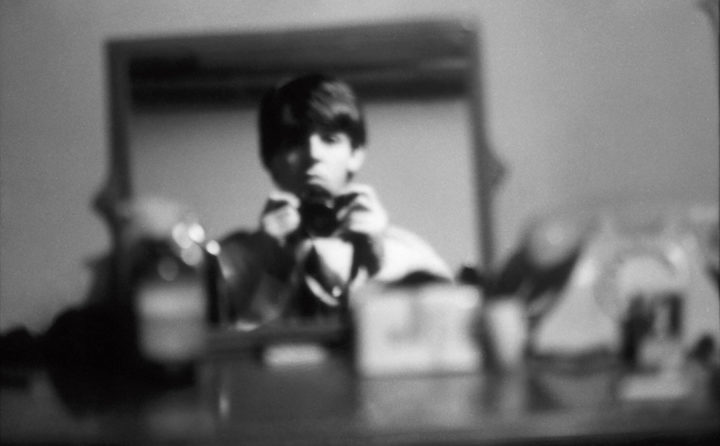
Paul McCartney. Self-portrait. London, 1963 © 1963-1964 Paul McCartney under exclusive license to MPL Archive LLP
Shot with McCartney’s own camera, these images reveal an intimate, behind-the-scenes perspective—gigs in Liverpool and London, quiet moments in hotel rooms, and the electrifying atmosphere of performing on The Ed Sullivan Show before a then-unprecedented TV audience of 73 million. Many of these photographs, drawn from McCartney’s personal archive, are being shown publicly for the first time.
Frist Art Museum Chief Curator Mark Scala describes the work as “wonderfully revealing,” noting not only the immediacy and warmth of the images but also McCartney’s instinctive gift for composition.
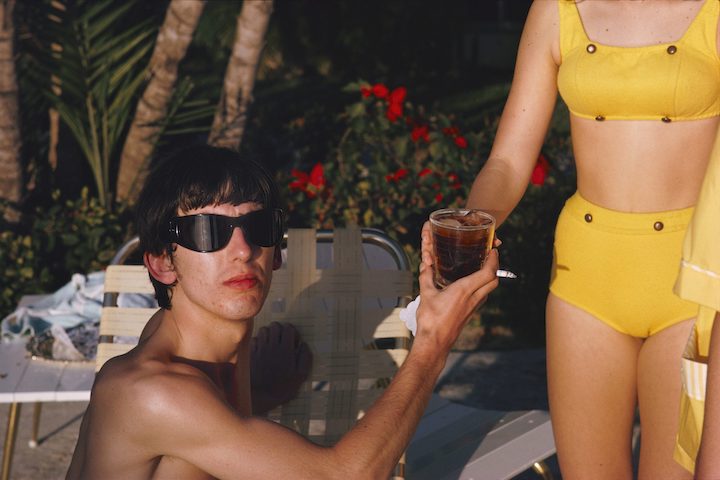
Paul McCartney. George Harrison. Miami Beach, February 1964 © 1964 Paul McCartney under exclusive license to MPL Archive LLP
The story behind the exhibition began in 2020, when nearly 1,000 photographs—shot with a Pentax 35mm camera McCartney bought in late 1963—were rediscovered. Reflecting on that whirlwind period, McCartney recalls:
“We were touring and working almost every day, surrounded by people wanting to photograph us. There were eyes—and cameras—everywhere in the middle of that storm.”
The images capture the intensity of life on tour, including rehearsals, travel, press calls, and the constant presence of the media. Rosie Broadley, senior curator at the National Portrait Gallery, likens them to “an affectionate family album” capturing a turning point in the Beatles’ lives.
The exhibition traces this three-month journey:
November 1963 – Cheltenham, England: Early tour photographs, including shots of the band’s opening acts.
January 1964 – Paris: Their arrival on January 14, 18 days of performances at the Olympia Theatre, and the flurry of photo shoots and recording sessions in between.
February 1964 – London to New York: Candid street scenes as the Beatles were chased by fans, the grandeur of the Plaza Hotel, and the horse-mounted police holding back crowds.
February 9, 1964 – New York: Historic moments on The Ed Sullivan Show.
February 1964 – Miami Beach: A shift from black-and-white to colour film as the band traded blizzards for sun, captured relaxing poolside, boating, swimming, and even attempting water skiing—casually dressed in “Beatles”-branded caps and towelling shirts provided by the Deauville Beach Resort.
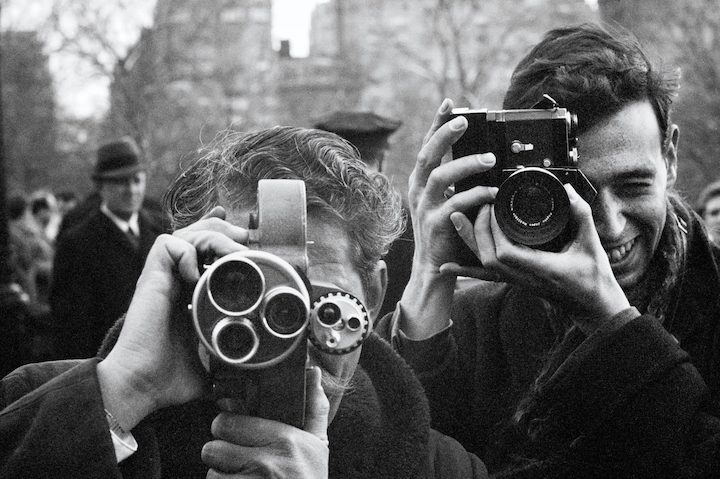
Paul McCartney. Photographers in Central Park. New York, February 1964 © 1964 Paul McCartney under exclusive license to MPL Archive LLP
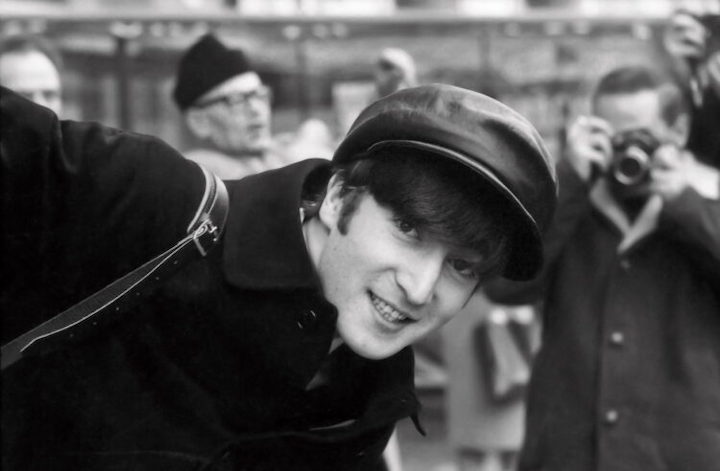
Paul McCartney. John Lennon. Paris, January 1964 © 1964 Paul McCartney under exclusive license to MPL Archive LLP

Paul McCartney. Ringo Starr. London, January 1964 © 1964 Paul McCartney under exclusive license to MPL Archive LLP
While McCartney’s photographic pace slowed during their August 1964 North American tour, the exhibition closes with a handful of images from that journey, including fellow musicians travelling as opening acts.
Visitors can enhance their experience with an audio tour featuring McCartney’s own reflections. Public programs during the exhibition’s Nashville run will include panel discussions, photography workshops, musical performances, and film screenings.


